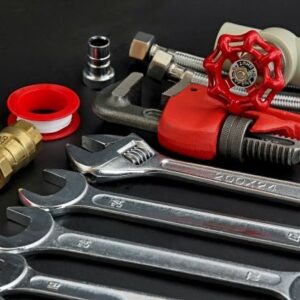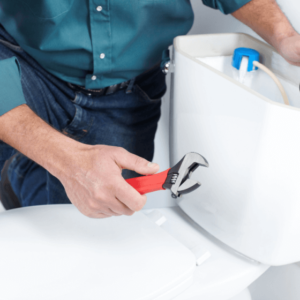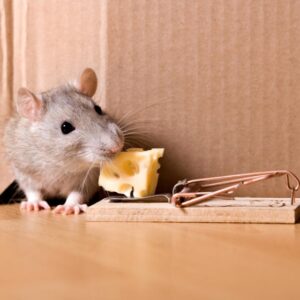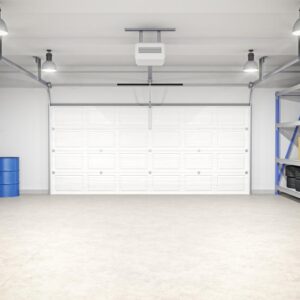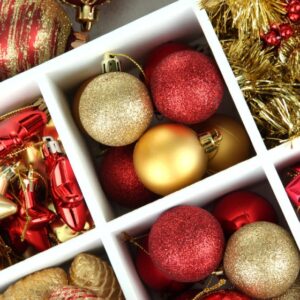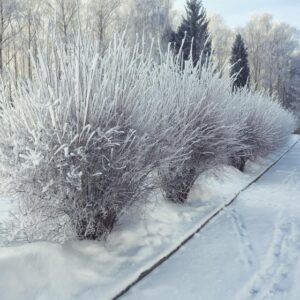Not all birds fly south for the winter. Many species stick around as long as fresh water and food are made available. Make your backyard the local bird dining destination during wintertime and your whole family can enjoy bird watching even during the cold months. Keep reading for winter bird feeding tips.
Why Feed Birds in Winter?
Winter can be hard on birds. Snow, ice and frozen ground make it hard for birds to find berries, seeds and other food and can lead to their starvation. Bird feeders can become their only source of food during long, cold, icy snaps. Providing them with rich, high-fat foods in your feeders can help them make it through until spring. That’s not to mention the entertainment and enjoyment for the whole family, to see colorful birds just outside your windows during a dreary winter. It helps to know which birds will stay through the colder weather. Depending on your particular region, many common winter birds are downy woodpeckers, tufted titmice, American goldfinches, black-capped chickadees, robins, European starlings, house finches and sparrows, and cardinals.
Create a Bird Destination
Creating a bird-friendly habitat in your yard all year-round is essential for bird watching. It is especially important during winter. It can also be a little tricky, since birds are attracted to natural, dense growth, a lot of which has probably died off for the cold months. Evergreens can provide yearlong shelter from the elements and predators. Consider planting more evergreens in your yard, whether shrubbery or individual trees, in a location near where you will also place bird houses, feeders and a birdbath. Or create your habitat close to existing evergreens. Shelter from wind is important. Placed near structures like your house or garage, feeders and birdhouses are protected from strong winter winds and can give great vantage points from an inside window.
Helpful Tip
While natural foliage is a necessary part of a good bird habitat, keep in mind that there are still predators around (yes, cats…) and a tree or bush can provide a point of attack. Thieves, such as squirrels can also often be an issue, as they like to eat some bird foods.
There are a few ways to protect feeders from squirrels and other animals, such as raccoons. Baffles or cages are available that keep larger animals from getting into a feeder, allowing access to birds only. Feeders and houses installed on poles can be protected by rubbing oil on the pole to make it slippery so that squirrels have trouble climbing them.
Supply clean water by supplying a classic pedestal birdbath or fountain all year round. In winter, fresh water is arguably more important than in the warmer seasons. Consider purchasing an immersion heater for your birdbath to keep the water from freezing. Regularly check the water to make sure that it stays fresh.
Safety Alert!
To power an immersion heater, always use an extension cord rated for outdoor use.
Feed Birds Their Favorites
What you put in your feeders is important. Particular bird species prefer specific types of food. Grains (seeds) and suet (seeds and fruits imbedded in fat) are popular with a wide variety of bird species. Seeds include sunflower seeds, corn, and millet. Black sunflower seeds and millet, in particular, are very popular among many common types of birds, such as cardinals, finches, blue jays and goldfinches. Blue jays, sparrows and starlings enjoy corn. Suet is a nutritious, high-energy “cake” that attracts woodpeckers and other birds. Installing a few bird feeders, each stocked with different types of food, is the best way to attract the greatest variety of bird types.
Note that feeding birds won’t prevent those who migrate from leaving your area. This is instinctual and has nothing to do with whether or not there is food available. For those birds that do stay throughout the winter, remember that once you start feeding them, you must continue to do so or they will leave to find food elsewhere. Often, they will not come back.
Helpful Tip
Remember to regularly clean out and sterilize feeders to prevent mold, mildew and potential disease-causing parasites from making birds sick. Discard of spoiled seeds and refill when cleaning the feeder out.
Tray bird feeders attract a wide variety of seed-eating species, such as starlings and sparrows, but their open nature also makes them enticing to squirrels. They can be mounted on posts, railings and sills. The best models have a screened bottom for drainage. Since they often have no covering, water from snow or rain, as well as bird droppings, can get mixed in with the seed to create unsanitary, disease-causing conditions. A screened bottom helps cut down on this and also makes the feeder easier to clean. Tray feeders should be cleaned more often than other styles; ideally, every 3 days or so. Some models do provide a roof. Consider getting one of these models to add a little protection from the elements.
House or “hopper” bird feeders are good choices because they shelter the food inside and protect it from weather and the birds’ own droppings. This type of feeder is good for cardinals, finches, sparrows, titmice as well as other bird species. Their hoppers can hold enough seed for several days at a time, making them low-maintenance. Because the food is enclosed, moisture can get in, making it a breeding ground for bacteria. They can also be harder to clean than tray feeders. House feeders can be mounted on poles, or suspended from objects. Remember to use a squirrel baffle to keep the critters from getting to the seed inside.
Tube feeders are another common type of bird feeder. Metal styles can be mostly squirrel-resistant and they keep seeds clean. Tube feeders hang vertically and usually have perches and/or a base, on which birds can rest and eat. They are good for smaller birds like sparrows, chickadees and finches.
Suet feeders are usually a wire mesh basket that encloses the food. They can be mounted on poles, attached to trees or can be suspended from other objects, including a bird feeder pole. Chickadees, starlings and woodpeckers are just some of the birds that love suet.
That’s it! If you feed them, birds will come…and stay for the winter. Enjoy!
Project Shopping List
Here’s what you’ll need to complete this project successfully.

